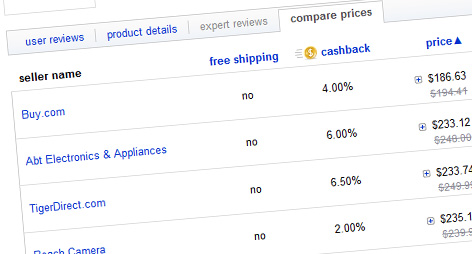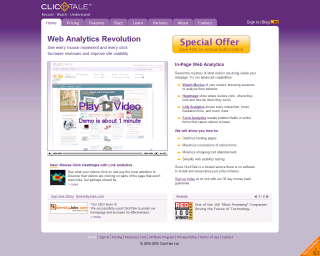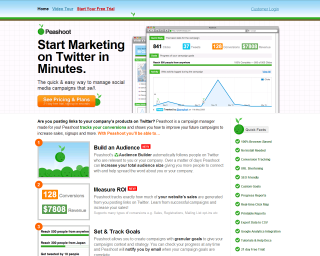
Americans have seen the names “Fletcherizing”, “Dr. Atkins”, and “Açaí” rise and fall in popularity in food culture, often not realizing the devastating impact of these short lived eating trends. All three are similar because they are part of the past and present food fads in America. Over the course of the past century in America, food fads have appeared multiple times, each time swaying America’s diet in a short period of time. By analyzing American traditions, popular food fads, and their results, we can understand why they become popular and their legacy. Americans embrace these food fads so often because of a common problem in the United States known as The Omnivore’s Dilemma, an idea made popular by Michael Pollan.
In America, the omnivore’s dilemma is a more prevalent problem than in any other industrial nation because of our culture and tradition. Americans are constantly juggling in their minds the question of what to eat because the culture that we embody is widespread. In Pollan’s book, he explains why America’s weak relationship with food makes us especially vulnerable to food fads:
…each immigrant population has brought ways to the American table, but none has ever been powerful enough to hold the national diet very steady. We seem bent on reinventing the American way of eating every generation… That may explain why Americans have been such easy marks for food fads and diets of every description (Pollan 298-299).
As Pollan points out, Americans are always trying new foods, and rarely posses a diet that is composed of similar cuisine. Thus, if there is no habit in our eating, there are not any eating traditions, with the small exception of Thanksgiving, of course. This vulnerability has been detected for the past century and food marketers prey on it. American’s in general have become reliant on fast food as part of our diet on a regular basis, leading to obesity among many Americans. Food marketers sought to address this obesity problem by claiming that new scientific discoveries can solve weight problems, but at the same time altering eating habits.
America’s first food fad, “Fletcherizing” became popular towards the early 1900’s. The fad consisted of millions of Americans taking advice from Horace Fletcher, to chew each bite of food up to as many as one hundred times (Pollan 299). With Americans latched onto this concept, the food that they ate no longer became significant or a habit, instead the habit was to chew, chew, and chew more. “Gradually, the fad died because people were too lazy or too busy with other things to give the required 45 strokes to every mouthful”(TIME). No one in America at the time of the fad’s popularity attempted to challenge Fletcherism until a physiology professor at the University of Chicago released his results on his study of the theory. Dr. Harold G. O. Hoick concluded that his own practice of Fletcherizing had no benefits on the overall health of his body (TIME). Either way, Horace Fletcher became the first man in America to sway the diets of millions of Americans with one fad.
Similar to the Fletcherizing craze, Dr. Atkins introduced another diet routine in the beginning of the twenty-first century, not based off of tradition and taste, but merely a nutritional science claim. Large amounts media coverage proclaiming Dr. Atkins theory swayed America’s diet yet again: “One article in the New York Times Magazine in 2002 almost single-handedly set off the recent spasm of carbophobia in America”(Pollan 299). Dr. Atkins theorized that, based on nutritional science studies, the human body would burn fat when it is starved of carbohydrates. He even went as far as saying: “Followed properly, the Atkins program… can last a lifetime, without your having to count calories or feel hungry all the time”(Atkins, M.D.). By making these enlightening and non-scientifically backed claims, Dr. Atkins’s claim grasped the wallets of Americans who sought to lose or maintain body weight, but lost credibility once put into practice.
Lastly, the most recent food fad in America is the “Açaí” berry miracle fruit. In this current new media age where the internet and television is America’s primary source of knowledge, Americans were exploited by TV journals such as 60 Minutes and internet marketers with “Buy Açaí” ads plastered on thousands of websites online. In as little as six months, “Açaí”, a Brazilian fruit filled with anti-oxidants, became a mainstream fruit to eat and devour, in order to lose weight. This most recent fad proves that more recently, Americans are embracing the fads in shorter time periods. Therefore, food marketers are now even more powerful because they can start a food fad for one product in less than a year, and then develop a new product to start a new fad when the previous one dies down. However, food chemistry Professor Talcott at Texas A&M University noted that the true problem is the same as both Fletcherizing and Dr. Atkins: “There is currently no scientific research to support a weight loss claim for açai fruit… It is doing nothing more than playing on consumer ignorance.” Again, food marketers capture the minds of Americans who have a desire to eat healthier by making often untested claims, and their diet is swayed momentarily.
The most prominent legacy of dietary instability within the United States is a food marketing industry that thrives on Americans who are constantly anxious to eat. The food marketers create new products that consistently change eating habits all of the time, and in turn leave cultural traditions such as the family dinner ignored (Pollan 301-302). Similarly,
…sociologist Daniel Bell called attention to the tendency of capitalism in its single-minded pursuit of profit, to erode the various cultural underpinnings that steady society but often impede the march of commercialization. The family dinner, and more generally a cultural consensus on the subject of eating, appears to be the latest such casualty of capitalism (Pollan 302).
A stronger food culture and tradition would likely slow the food marketers from changing America’s eating habits so often; as shown in France, where a strong food culture has slowed American fast food restaurants from impeding on their diet habits. The current state of food traditions in America makes us seem as if we are back in a prehistoric era; we are constantly stressed on evaluating what is healthy to eat. Pollan then goes onto to discuss food selection:
Instead of relying on the accumulated wisdom of a cuisine… we rely on expert opinion, advertising, government food pyramids, and diet books, and we place our faith in science to sort out for us what culture once did with rather more success. Such has been the genius of capitalism, to re-create something akin to a state of nature in the modern supermarket or fast-food outlet…(Pollan 303).
Here Pollan further supports that in the current American food culture where we rely on third party sources to determine which food to eat, it’s not unreasonable to understand that millions of Americans participate in food fads, swaying their diets often.
Americans being easily manipulated food culture is the underlying factor behind food fads. However, it is the food marketer’s drive to exploit each and every demographic, from children to senior citizens, that sets off food fads. Then as we have seen over the last century in America, the economic well-being for the food marketer is placed before the health of each American who buys into the scientific claims; as proven by the first Fletcherizing fad onto the Dr. Atkins and eventually Açaí. Each time at the expense of the diets and food habits among Americans, dominating their diets witch each fad. Looking ahead, the likeliness that Americans will continue to eat a diet with little stability is probable. America is a nation made up of many cultures with each wave of immigrants often giving up their food tradition and succumbing to American food fads.
Works Cited
Atkins, M.D., Robert. “The Case for Low Carbs.” TIME.com. TIME, 2 Sept. 2002. Web. 18 Oct. 2009. <http://www.time.com/time/magazine/article/0,9171,1003162,00.html>.
Ellin, Abby. “Pressing Açaí for Answers.” Skeptics Press Marketers for Proof of Açaí Berry’s Benefits. The New York Times, 11 Mar. 2009. Web. 18 Oct. 2009. <http://www.nytimes.com/2009/03/12/fashion/12skin.html>.
“Fletcherizing.” Medicine: Fletcherizing. TIME. Web. 18 Oct. 2009. <http://www.time.com/time/magazine/article/0,9171,927881,00.html>.
Pollan, Michael. The Omnivore’s Dilemma A Natural History of Four Meals. New York: Penguin, 2006. Print.







